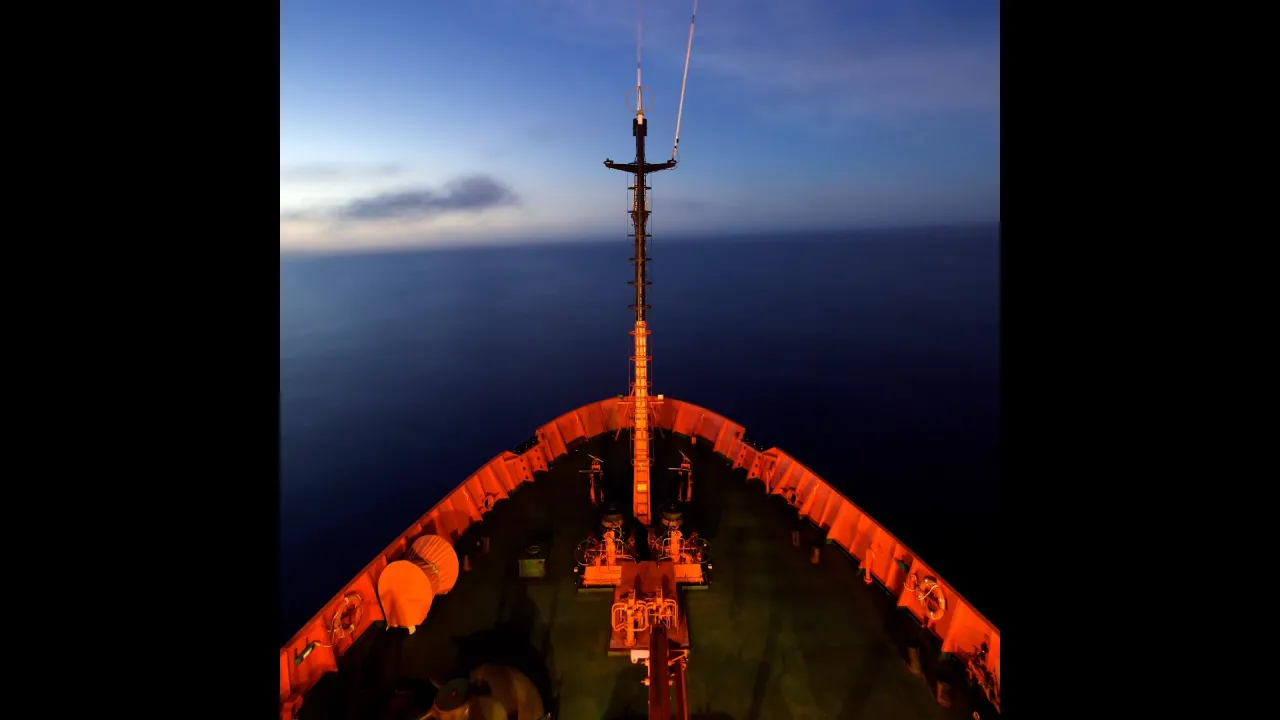
A living carbon pump in the ocean could help fight climate change
It's a deep-sea mystery that has confounded ocean scientists for years: What causes the deeper zones of the ocean to sequester larger amounts of carbon than the lighter, more shallow regions?
About
It's a deep-sea mystery that has confounded ocean scientists for years: What causes the deeper zones of the ocean to sequester larger amounts of carbon than the lighter, more shallow regions?
Thanks to a team led by Carlos Duarte, Distinguished Professor of Marine Science and the Tarek Ahmed Juffali Research Chair in Red Sea Ecology at KAUST, we now have an answer: a much larger biomass exists than was previously estimated.
Processes taking place in the deepest depths of the ocean act as a pump, taking twice as much carbon out of the atmosphere as previously thought.
"In the first decade of the century, we published initial estimates indicating that respiration in the deep sea was much larger than estimates of the carbon supplied from the upper, lighted area of the ocean, but the source of carbon supporting deep-sea biological activity remained mysterious," said Duarte.
Duarte led a global project, the Malaspina Circumnavigation Expedition, to explore the ocean's depths in 146 locations around the world. The interdisciplinary team used a groundbreaking new acoustic technology to obtain estimates of animal biomass in the deeper regions of the sea that could not be reached with ship-born standard acoustic equipment. Sampling the deep ocean has typically been done with nets, which is expensive, burdensome, and can produce spotty results. The expedition scientists paired net sampling with an Acoustic Doppler Current Profiler, a device that uses sound waves to measure water current velocities, to assess water samples collected down to 4,000 meters deep.
What they found is that the biomass of pelagic organisms (meaning they inhabit the water column, not the bottom or shore) in the deep sea is much larger than previously thought, particularly below productive ocean waters.
Read the full article